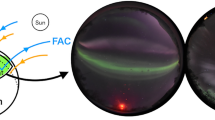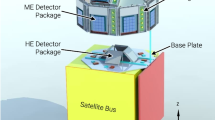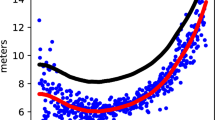Abstract
The HED particle detector of the ERNE experiment to be flown on the SOHO spacecraft is unique compared to the earlier space-born detectors in its high directional resolution (better than 2°, depending on the track inclination). Despite the fixed view cone due to the three-axis stabilization of the spacecraft, the good angular and temporal resolution of the detector provides a new kind of opportunity for monitoring in detail the development of the anisotropies pertaining, for example, to the onset of SEP events, or passage of shock fronts related to gradual events. In order to optimize the measurement parameters, we have made a preflight simulation study of the HED anisotropy measurement capabilities. The purpose was to prove the feasibility of the selected measurement method and find the physical limits for the HED anisotropy detection. The results show HED to be capable of detecting both strong anisotropies related to impulsive events, and smoother anisotropies associated with gradual events.
Similar content being viewed by others
Author information
Authors and Affiliations
About this article
Cite this article
Riihonen, E., Torsti, J., Anttila, A. et al. Performance of ERNE in particle flux anisotropy measurement. Annales Geophysicae 14, 503–509 (1996). https://doi.org/10.1007/s00585-996-0503-y
Received:
Revised:
Accepted:
Issue Date:
DOI: https://doi.org/10.1007/s00585-996-0503-y




